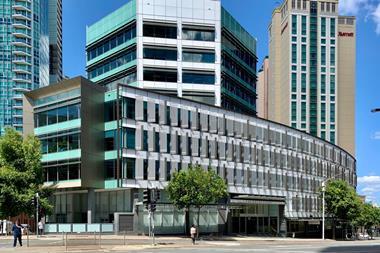The fortunes of the US residential real estate market are not necessarily an indication of things to come in the commercial sector, argues Bob White
Foreclosures and declining prices dominate news reports on the US real estate markets. Commercial real estate insiders have dubbed it "headline risk" referring to the propensity of news to be negative, creating a largely false perception of the commercial property markets, especially among foreign investors.
Even though most articles pertain only to residential real estate, many assume the commercial markets are in the same dire straits and the high-profile problems at Centro and Macklowe further contributed to this misconception. In truth, foreclosures of office buildings and shopping centres are still a rare occurrence and prices have held up relatively well so far. There is no doubt the commercial markets are suffering - property sales are off 75% from a year ago - but the commercial markets are not facing the meltdown occurring throughout the housing sector. Three important distinctions between the two markets should keep commercial property prices from cratering as home prices have:
Believe it or not, homebuilders are coming up with some creative ways to offer their products, including a southwestern US homebuilder that is offering a two-for-one deal on houses.
Meanwhile, some lenders fighting to keep down their growing stock of foreclosed homes have been taking prospective buyers on bus tours, allowing them to show many properties to multiple prospects all at once.
Bob White is president of Real Capital Analytics












